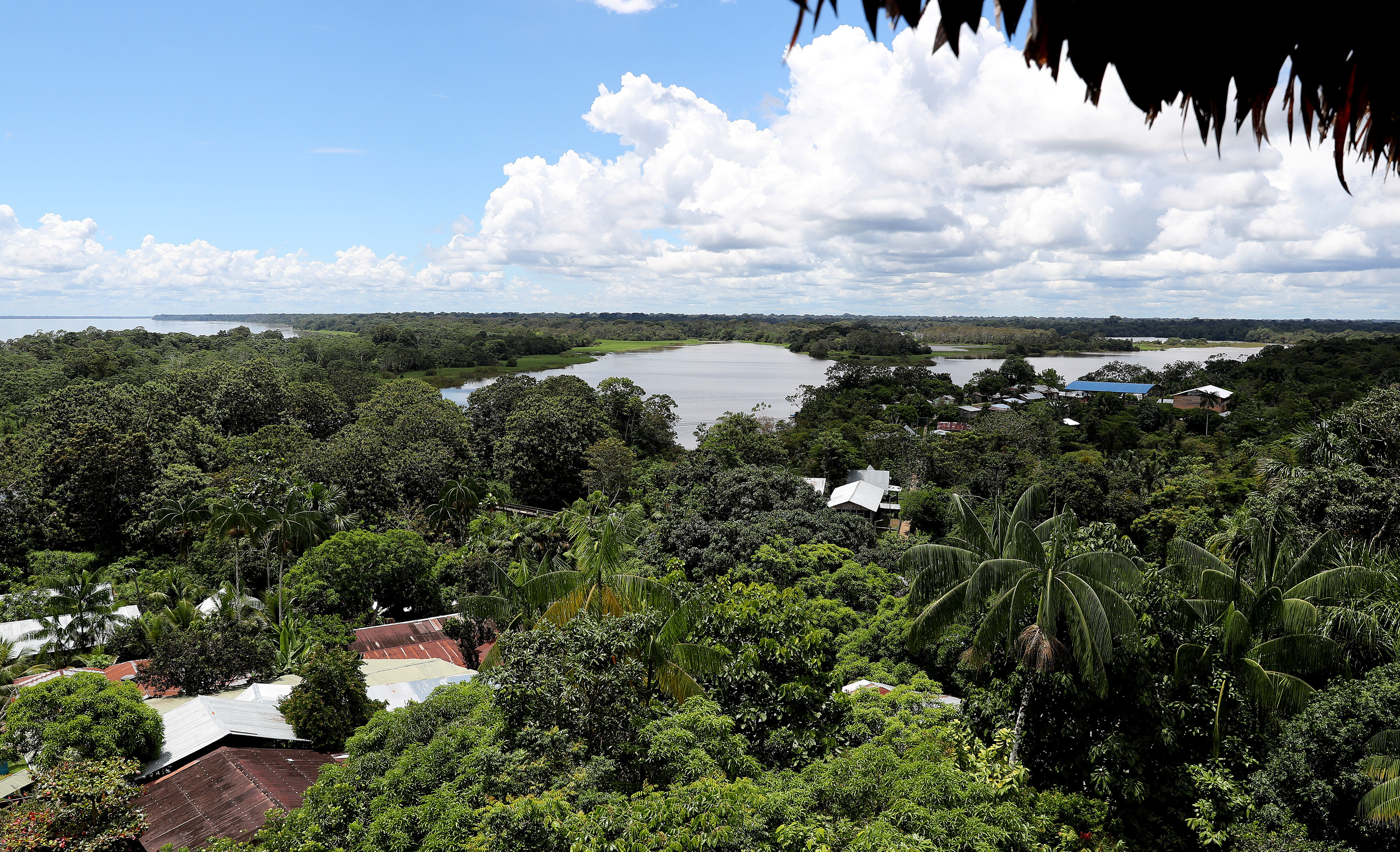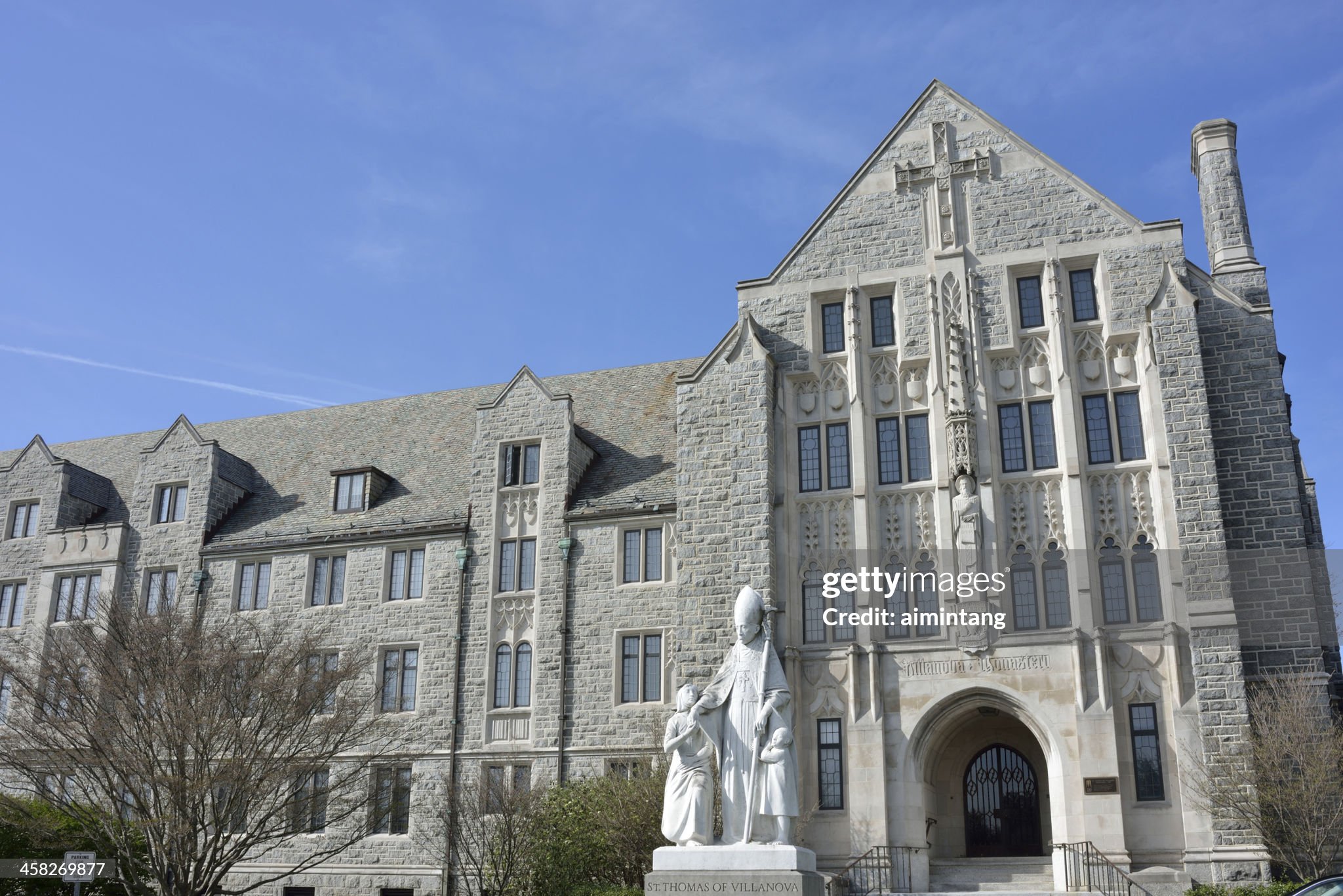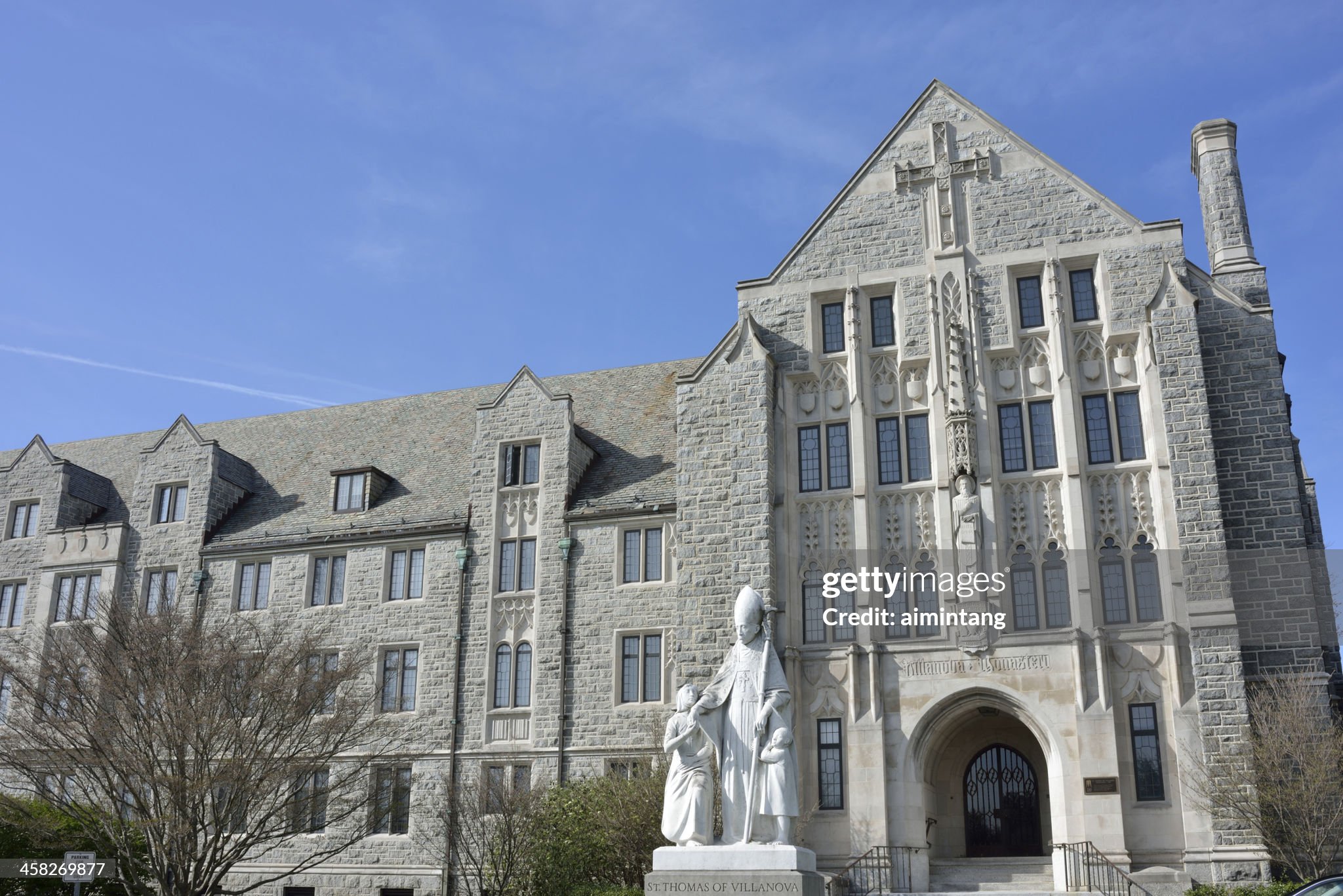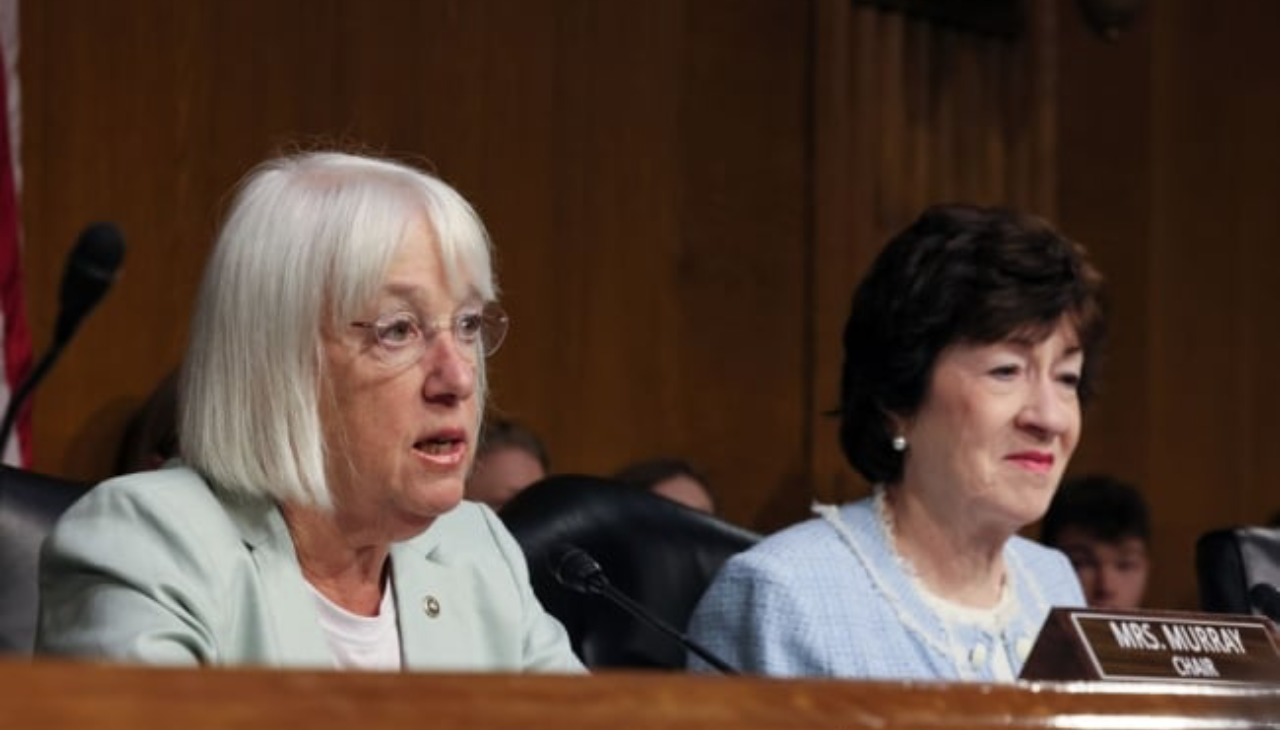
Temple professor to map future of biodiversity in Colombia
A new NASA-funded project led by Temple University's Victor Gutierrez-Velez could shape the country's environmental policy for years to come.
How can countries create policies that better protect the environment and the biodiversity found within their borders? It is, if not an age-old question, then one that has certainly acquired a pressing urgency today, when urbanization, rapid industrialization, and the effects of climate change are contributing to the devastation of ecosystems and extinction of species throughout the world.
The answer for ecologist and geographer Victor Gutierrez-Velez and his home country of Colombia — which has the largest number of bird species of any country on earth — may just lie in taking the bird's eye view.
Victor Gutierrez-Velez, assistant professor in the Department of Geography and Urban Studies at Temple University, has received a three-year, $600,000 NASA grant for a satellite technology project focused on gathering data on Colombia’s rich biodiversity, and improving access to that knowledge for decision makers.
RELATED CONTENT
As principal investigator for the project, which will present data in an easy-to-use, straightforward format of an interactive map, Gutierrez-Velez aims to inform decisions made by the country’s policymakers so that they can better understand, preserve, and cultivate the vast variety of ecosystems and over 10 percent of the world's species that make Colombia the second-most biodiverse country in the world.
That biodiversity has been continually at risk due to deforestation and construction of dams and other infrastructure projects, with a 2003 UNESCO study estimating that Colombia loses almost 200,000 hectares of forest a year. Having the data on what regions and areas are most important will be vital in strategically preserving and maintaining biodiversity in the region.
Gutierrez-Velez, an ecologist and geographer, left his native Colombia a decade ago, at a time when the country was mired in internal armed conflict and violence, to study in the U.S. But he always knew he wanted to return some day, he told Temple Now:
“When I came to pursue my graduate studies here in the United States, I had a clear understanding that it was a social imperative for me to be able to contribute with all this knowledge and skills I obtained here to improve the conditions in the country,” said Gutierrez-Velez, an assistant professor in the College of Liberal Arts’ Department of Geography and Urban Studies.
Gutierrez-Velez's project may contribute to the already in-progress efforts on the part of the Colombian government to establish guidelines for biodiversity offsets, which call for investment in an equivalent area of ecological restoration or conservation on the part of large mining, infrastructure, and energy projects that have a calculated negative impact on biodiversity where they are constructed.











LEAVE A COMMENT:
Join the discussion! Leave a comment.